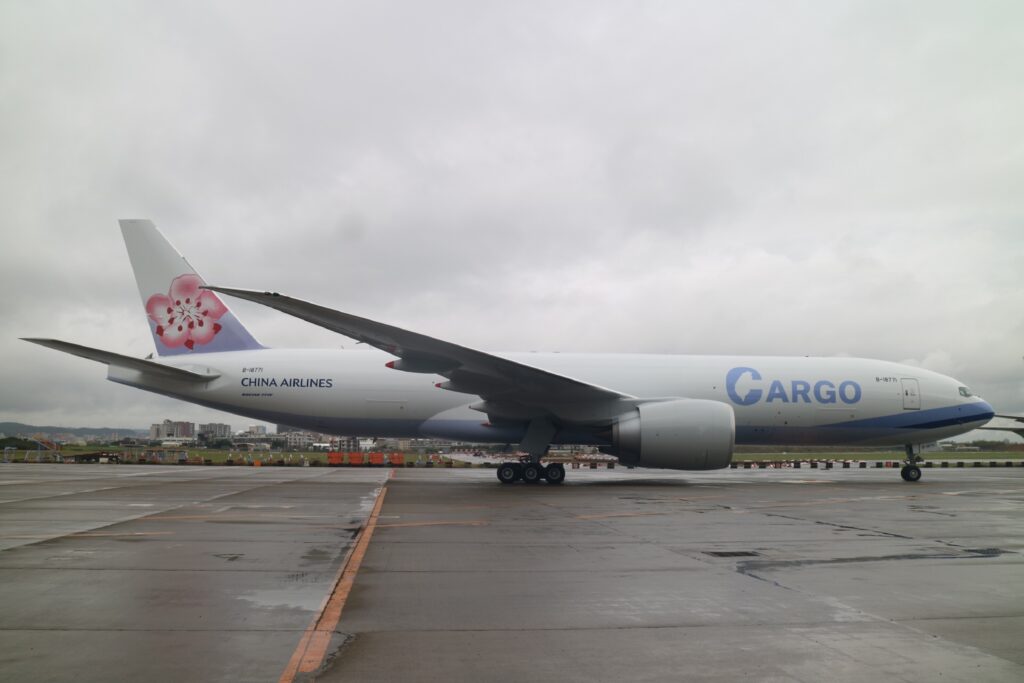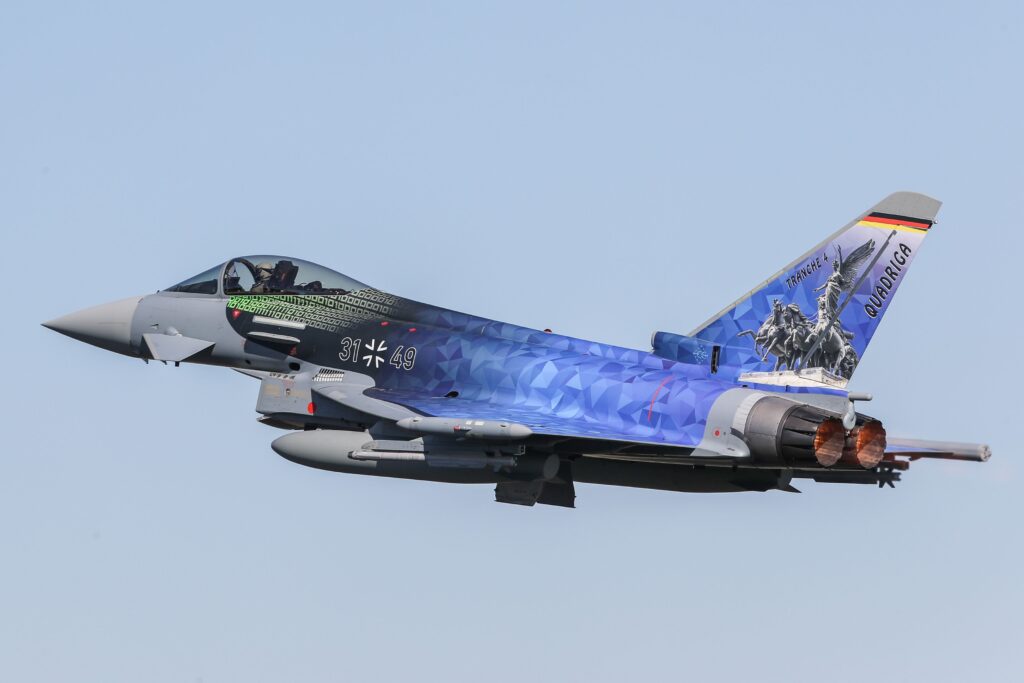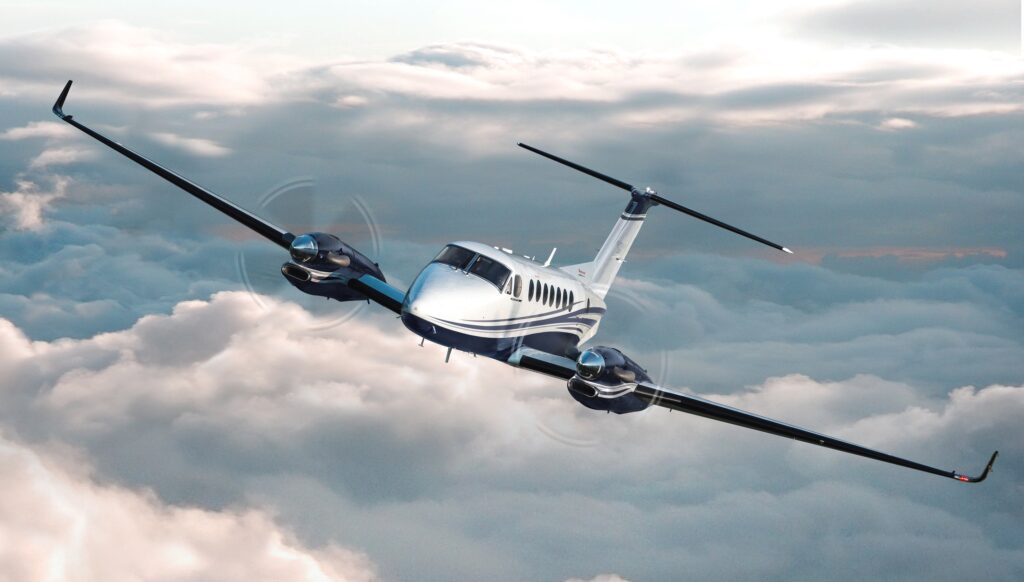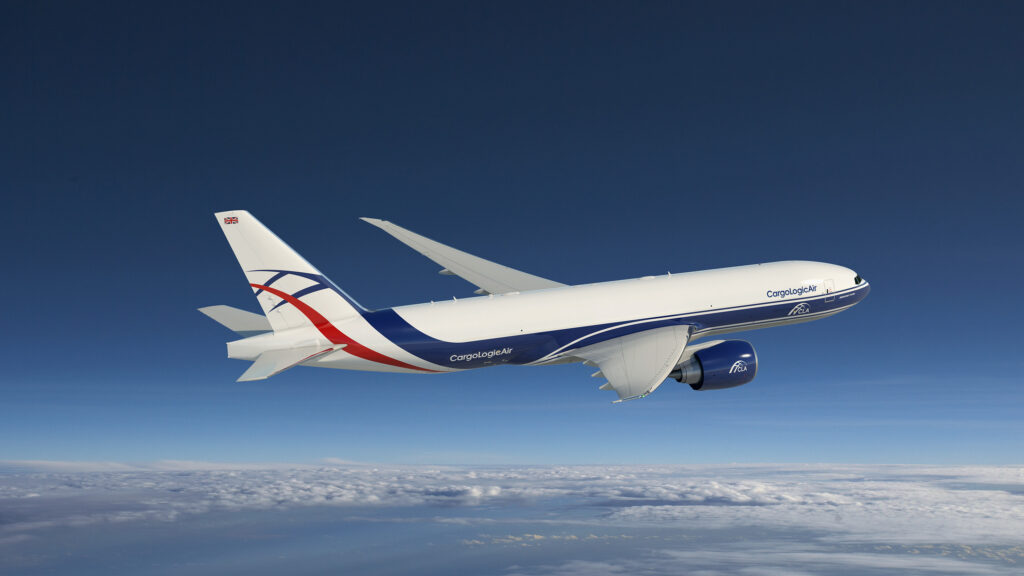China Airlines Takes Delivery of First Boeing 777 Freighter
China Airlines today unveiled the first of six Boeing 777 Freighters, officially becoming the 20th operator of the world’s largest and longest range twin-aisle freighter. The 777 Freighter joins the airline amid growing demand for dedicated…





